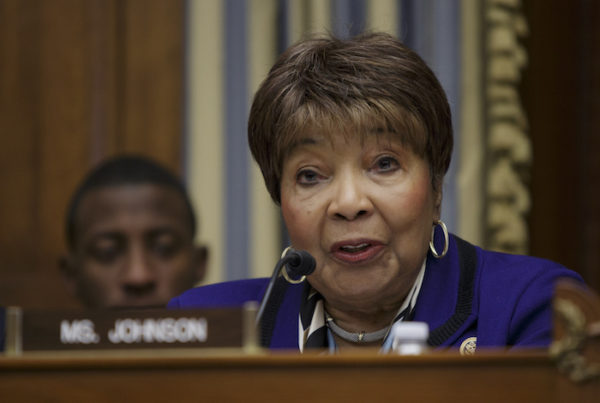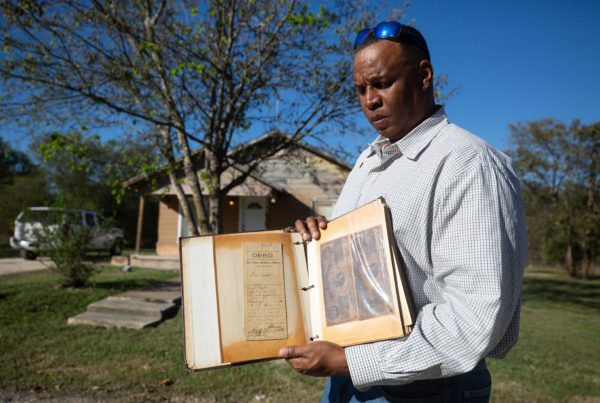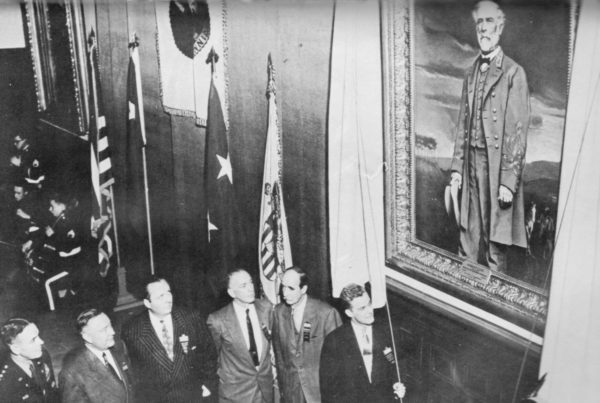After two years of debate, the city council of Presidio, Texas, has voted to return land used as a burial ground since the 18th century, to the Lipan Apache Tribe of Texas. The move was a victory for the so-called landback movement, which aims to return land to Indigenous people.
Oscar Rodriguez is former tribal administrator for the Lipan Apache, a position he held for eight years. He witnessed the legal dispute over the cemetery firsthand, and spoke with Texas Standard about it. Listen to the interview in the audio player above or read the transcript below.
This interview has been lightly edited for clarity.
Texas Standard: What’s the significance of the cemetery in Presidio to the Lipan Apaches? Could you give us a little bit of background?
Oscar Rodriguez: Speaking as a descendant of people who are buried there, what it represents more than anything else is a historical artifact that we were there. We were there, we’re still there and we’ve been there a long time. Unfortunately, the common narrative – I dare say it’s across the country as well as in Texas – is this idea that Indians are gone, you know, they died or they were moved to reservations, and therefore they’re no longer present in modern culture. And what that cemetery says is that we are there.
The official title, and what it’s always been known as, is the Cemetery of the Lipan Barrio, or the Lipan neighborhood. In 1790, our people camped there per an arrangement with the Spanish. We ended up there, and so as people passed away, they were buried in this mound. So, what that cemetery represents is our legacy as well as the resting place of people.
What was the process of getting the land transferred back to the tribe? Did the city claim ownership?
The city did own part of it. The land that we got back were five lots. The county owned three of the lots; the city owned two. At the end, the city of Presidio graciously thought that it should be given to the tribe. They did that by giving their lots to the county, and then the county then transferred all five lots to the tribe. It was more or less an educational effort.
For those of us who had ancestors buried there, we knew all about it. I mean, I’d seen that as a child. Once that sunk in, it moved through. I just want to say, once that message got out there, we got great cooperation and I’m just so proud of the community. There was not just compliance, there was outright support and enthusiasm to deed the land to the tribe.
What about the plans for preservation going forward?
We have retained an architect who will be working with the descendants and the local Lipans to fashion an appropriate wall structure, sort of an interpretive design, that will tell everybody where the mound is, why it’s there, how it’s there and also that everyone is welcome.
I want to repeat something that an elder from that area shared: We’re human beings like everybody. We inter our dead. That’s where they are, and like any American, like anybody in Presidio, like any human being, it’s sacred to us. Any support that we get is very welcome. Whether you’re Lipan or not, you should feel good about that. I think it’s just a good story as human beings, as Texans, as Americans.














